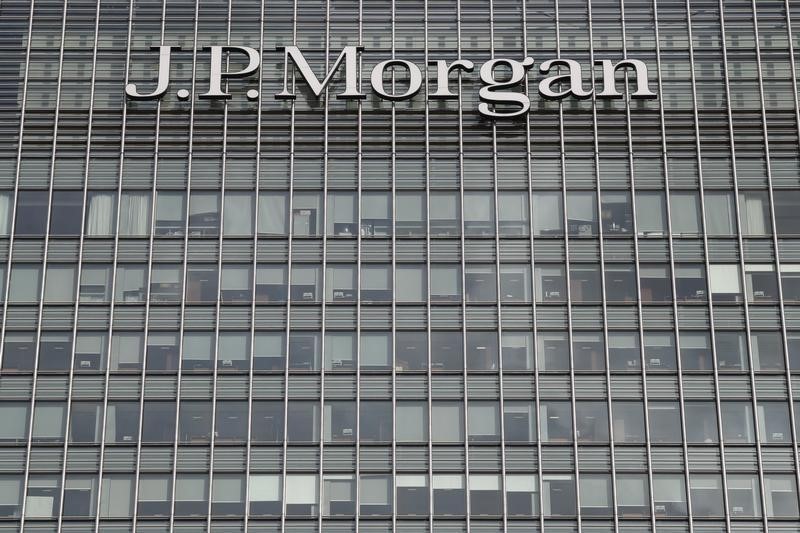Benzinga - JPMorgan Chase & Co.'s (JPM) CEO Jamie Dimon hinted at the company's Investor Day last Monday that he may not quit any time soon. The storied executive is credited with steering the company through some of the toughest times.
JPMorgan Under Dimon: Dimon officially became the CEO of JPMorgan on Jan. 1, 2006, succeeding William Harrison Jr. He brought with him a wealth of experience and a strong track record in the banking industry.
Dimon earned his bachelor's degree from Tufts University and holds an MBA from Harvard Business School.
Ahead of his tenure at JPMorgan, Dimon started with Bank One as chairman and CEO in 2000. He was named president and chief operating officer of JPMorgan upon its merger with Bank One Corporation on July 1, 2004.
Under Dimon’s leadership, JPMorgan underwent a period of significant growth and diversification. The bank expanded its global presence, strengthened its balance sheet and navigated through various economic challenges successfully. It became a powerhouse in investment banking, asset management, and consumer and commercial banking.
The bank's resilience during the 2008 global financial crisis played a pivotal role in solidifying its position as a leading financial institution. The bank’s conservative risk-management approach helped it weather the storm better than many of its competitors, leading to increased trust and confidence from investors.
Throughout Dimon’s tenure, JPMorgan strategically acquired and invested in various companies to expand its capabilities and market reach. Notable acquisitions include Bear Stearns and Washington Mutual’s banking operations in 2008, both of which further strengthened the bank’s position.
As recently as this year, following the precipitation of the banking crisis, JPMorgan bought the assets of the now-defunct First Republic Bank through a Federal Deposit Insurance Corporation-brokered auction.
JPMorgan‘s Shareholder Return Policy: JPMorgan consistently returned value to its shareholders through dividend payments and stock buyback programs. This commitment to shareholder returns, coupled with the bank’s solid performance, attracted investors looking for stable and profitable opportunities.
Investment Returns: If an investor had allocated $1,000 to JPMorgan’s stock when Dimon became CEO in 2006, they would have had roughly 40 shares. The same 40 shares would be worth about $5,410 currently. This would mean a return of 441% over an 18-year period. In the same period, the S&P 500 has appreciated by about 237%.
This figure takes into account merely the stock price appreciation between 2006 and now. Considering the quarterly dividend paid out, the company would have returned $35.22 as cumulative cash dividends for each share held in the company. So the 40 shares owned in early 2006 would actually be worth $6,819, which includes the $1,409 earned through dividends, pushing up the returns to 582%.
If the investor had chosen to reinvest the dividends, the returns would have been even higher.
JPMorgan closed Friday's session up 0.94% at $136.94, according to Benzinga Pro data.
Read Next: ChatGPT Bug Bites JP Morgan: Looks To Develop AI Software For Investment Advice
Parts of this story were generated by artificial intelligence and have been edited accordingly.
Photo: Steve Jurvetson via flickr
© 2023 Benzinga.com. Benzinga does not provide investment advice. All rights reserved.
